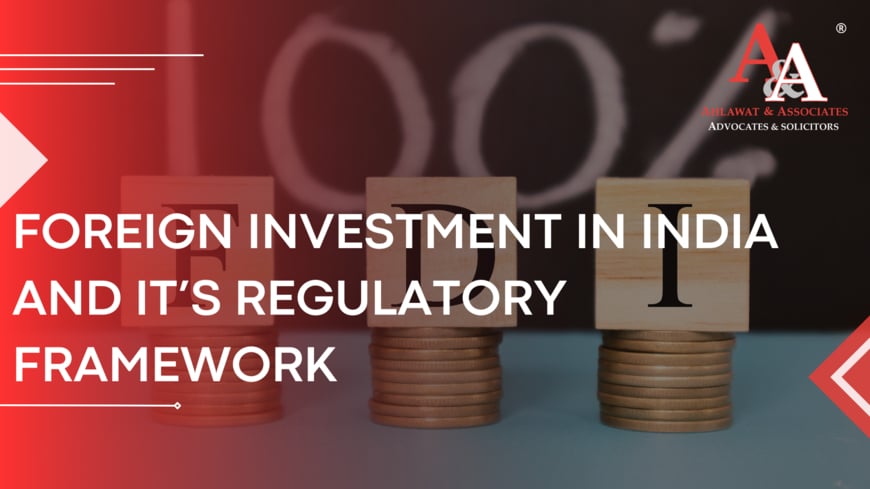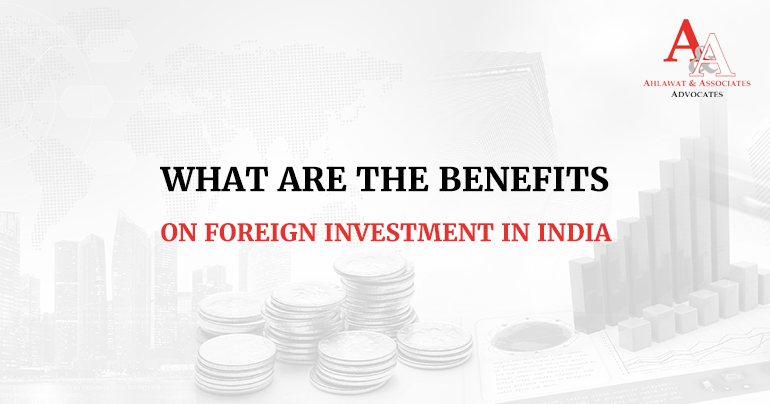
 A&A
A&A
 April 22, 2021
April 22, 2021
The Indian pharmaceutical sector has certain characteristics that ensure its standing in the global market. India is considered as the “Pharmacy of the world”. The reason for such a title caters to the ability of the nation to manufacture bulk quantities of low-cost generic medicines, which is steadily growing with a strong network of 3,000 drug companies and 10,500 manufacturing units, ranking in the third position for pharmaceutical production by volume and 14th by value globally. India’s pharmaceutical industry was valued at USD 20 billion in 2019 and the revenue generated only from exports during the period November October 2020 stood at USD 16.28 billion and USD 2.07 billion, respectively.
During the advent of the unprecedented COVID-19 pandemic leading to a health crisis across the world, the government of India recognizing the significance of the Pharmaceutical industry as a priority sector enhanced the budget allocation by 7.95%[1] for the financial year 2021-22.
Such a crisis uncovered its prominence which led to the enormous development of this industry attracting many investors to explore the hidden opportunities.
The Indian Pharmaceutical sector provides several benefits for its investors. Some of these are enumerated below: -
Cost Efficiency: India is considered to be a cost-effective manufacturing hub for pharmaceutical companies. The pharmaceutical companies in India have the primary advantage of the low cost involved in the production, which provides the stimulus for the lesser cost involved in the research and development, making it one of the best suitable options for investment. The availability of a large pool of scientific know-how acts as an additional feature in its favour.
Economic Drivers: India witnessed a surge in its economic growth consequent to the advent of the COVID-19 pandemic scenario, where the Indian pharmaceutical companies played a major role in providing COVID-19 vaccines globally with their advanced capacity to mass-produce vaccines at a lower cost. This proved to be a catalyst in improving the Indian economy which further led to an increase in the spending power of the masses to invest in health insurance.
Policy Support: The Indian government supports the Indian pharmaceutical market players through the promulgation of effective policies from time to time. The Pharma Vision 2020 is aimed at making India a global leader in end-to-end drug discovery and development along with the mass production of low-cost generic medicine. The Indian government has also shown an inclination towards the growth of the Indian pharmaceutical sector by introducing effective foreign investment laws in the pharmaceutical sector.
FDI in the pharmaceutical sector has undergone many significant changes over the last decade. Prior to 2011, 100% of FDI was allowed in the manufacturing of drugs and pharmaceutical goods under the automatic route. Currently, FDI policy is diversified between FDI in greenfield and brownfield investments. Greenfield investments refer to those investments where foreign investors invest in the establishment of new products that facilitate from the base ground level. FDI under this regime is allowed under a 100% automatic route under which no government permission is required. Whereas Brownfield investment refers to the investment that is done in already established pharmaceutical entities. This investment generally happens through the mode of mergers and acquisitions. FDI under this regime is permitted up to 74% under the automatic route. However, investments above 74% are subject to approval routes where government approval is required.
Both the investment facets are subject to certain conditions as described below:
1. Non-compete clause shall not be allowed in both the investments except under special circumstances with the government approval.
2. Prospective investor and investee shall be required to furnish a certificate along with the application in a prescribed form for foreign investment
These expenses should be maintained for 5 years at an absolute quantitative level. The benchmark for this level would be decided with reference to the highest level of R&D expenses which has been incurred in any of the three financial years immediately preceding the year of induction of FDI.
The production level and supply of NLEM drugs should be maintained over the next 5 years at an absolute quantitative level. The benchmark for this level would be decided with reference to the level of production of NLEM drugs and/or consumables in the three financial years, immediately preceding the year of induction of FDI. Of these, the highest level of production in any of these three years would be taken as the level.
In the event, there is the transfer of technology, information to the administrative ministry shall be provided along with the induction of foreign investment into the investee company.
The aforementioned compliances of the conditionalities shall be monitored by the Administrative Ministry that is Ministry of Health and Family Welfare, Department of Pharmaceuticals, or any other regulatory body as notified by the Central Government from time to time.
Further, in accordance with the FDI policy 2020, the government under automatic route has allowed 100% of FDI in manufacturing of medical devices, which includes but is not limited to instruments, apparatus, implants, or even a software that could be of any assistance to medical professionals in treating/ diagnosing any of the disease or disorder. The above-mentioned conditions will, therefore, not be applicable to greenfield as well as brownfield projects of this industry.
There are certain laws and regulations which act as a regulatory cap on the pharmaceutical players. Some of the following acts are:
This specific legislation ensures that the drugs and cosmetics sold to the consumer in India are good, effective and conform to the state quality standards. It regulates the import, manufacture, distribution, and sale of drugs in India. The primary responsibility of enforcing the Drugs and Cosmetics Act, 1940 is with the Drugs Controller General of India (“DCGI”). All matters pertaining to the product approval and standards, the introduction of new drugs and licenses are regulated by DGCI.
The objective of these rules is to regulate the clinical investigation, manufacture, import, sale, and distribution of the medical devices in the country. These rules also prescribed the time period for granting licenses to the applicants. The licenses granting period is generally between 1 (one) month to 9 (nine) months according to the nature of the license.
The Drugs Price Control Order (“Order”) was issued by the government under the Essential Commodities Act, 1955 to regulate the pricing of drugs and their formulation. The Order is to be read with the Drugs and Cosmetics Act, of 1940. The regulatory authority set up under the purview of this legislation is the National Pharmaceutical Pricing Authority (“NPPA”), which plays the effective role of collecting of data and analysis of the pricing structure of active pharmaceuticals and their formation.
The constitution behind the enactment of this act was to control the advertisement of drugs in certain cases. It was enacted to prohibit the advertisement of certain medicines or remedies which claim to contain some magical qualities.
The enactment of this legislation provides regulation of operations relating to Narcotic Drugs and Psychotropic Substances. This legislation prohibits any individual from engaging in any activity that consists of cultivation, production, sale, storage, purchase, and/or consumption of any narcotic drugs and psychotropic substances.
Conclusion: Hence, it can be concluded by stating that there has been a massive surge in the growth of the Indian pharmaceutical sector which has effectively improved the affairs of the Indian economy. The projected growth in the Indian pharmaceutical sector could lead India to gain a position in one of the top 10 countries in terms of medical expenditure. The government has been taking many effective measures to improve the pharmaceutical sector by enacting legislation, encouraging stakeholders, implementing favoring policy, etc., to attract both domestic and foreign investments in this sector.

The economic development of India has witnessed a significant boom and by infusion of foreign direct investments from all across the
View More
Foreign Direct Investment (“FDI”) refers to the investment made by an individual, company, or entity from one country into another
View More
The economic fallout of the COVID-19 pandemic is making the valuation of businesses attractive, especially in
View More















 Cookies Consent
Cookies ConsentWe use cookies to help you navigate efficiently and perform certain functions. You will find detailed information about all cookies under each consent category below. Read more...
 Cookies Consent
Cookies ConsentWe use cookies to help you navigate efficiently and perform certain functions. You will find detailed information about all cookies under each consent category below. Read more...


Comments
Post A Comment
Your email address will not be published *